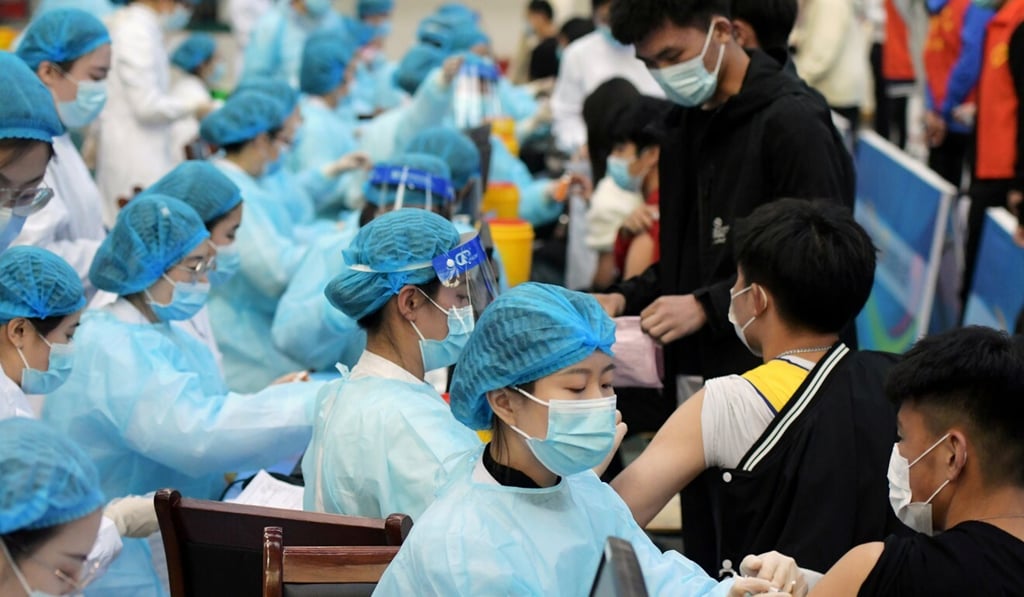Opinion | Is the zero-Covid approach of China and Japan about saving face?
- Two strategies have emerged to deal with the coronavirus: mitigation, favoured by the US and Europe, and elimination, which dominates in Asia
- Mitigation leaves people free to decide on the risks they take, but in collectivist-leaning societies, one owes it to others not to become sickened

What level of risk should we accept? What freedoms should we give up to reduce the rate of death? Science alone cannot answer these questions because they are inherently value questions. The answers depend not just on the effects of different policies, but also on how we weigh values like saving lives and protecting health against competing values like avoiding economic hardship and supporting emotional and mental well-being.
As societies begin opening up, it will be helpful to clarify values about risk by speaking more directly about these values within families and communities. One way to go about this is by thinking about familiar risks to life and limb in our everyday lives.
We take risks every time we go for a swim, get in a car, or just cross the street. We also regularly assume risks by not doing certain things – exercising, sleeping enough, or eating right. These risks may seem worth it because of what they enable us to do, namely lead a fuller, more flourishing human life. What kinds of things is it important for people in our society to be able to do and be? What risk are we willing to accept to make this possible?

